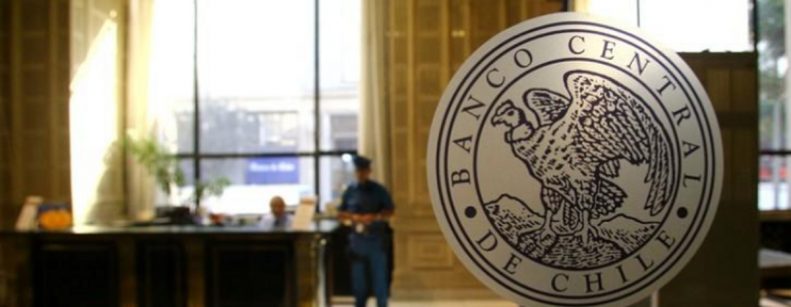
The big surprise of the week, without a doubt, was the Central Bank's rate hike. Well, maybe also the two home wins of the national team, but let's focus on the former. I doubt there is any market player who did not expect a hike in the reference rate, but probably none (if you did, my apologies) of the magnitude that was realized: 125 basis points. The decision, as the communiqué states, was taken unanimously by its members, and is located in a context of normalization of monetary policy (after two adjustments of 100 bp in total) as a result of inflationary pressures emanating, in part, from an overheating of the economy. Before you ask me for the umpteenth time, no, it is not the only reason, but perhaps the most important one and the one on which the Central Bank can take action.
The curious thing is that, unlike on other occasions, the causes are not associated with changes in the external scenario (which, curiously enough, is going almost as described in the last IPoM) or with local cyclical growth. No, the causes are associated with measures that began as transitory and exceptional support to families as a result of the complex situation of families in the midst of the pandemic, which have become almost permanent and have led to other measures that have little to do with improving people's welfare, but rather with undermining the current institutional framework. For each of these discussions, the president of the Central Bank, Mario Marcel, has attended (virtually or in person) the Congress to present a technical vision regarding the debate and has been systematically ignored and even personally attacked by members of parliament. Stoically, the Bank's authorities have kept out of these interpellations despite the fact that those who make them believe that high copper depreciates the peso (?).
However, the other big surprise came in the message of the communiqué. I must be honest and mention that I felt some satisfaction when reading the lines in which the Central Bank stopped being so politically correct and put a last name to the causes of financial instability and inflation: "uncertainty caused by political-legislative issues, particularly with respect to new withdrawals from pension funds". Continuing to avoid saying things by their name could become negligent, especially when some fail to blame the night, the beach and the moon for the increase in prices, rates and the exchange rate.
What's coming in the near future? More tax hikes, no doubt. Those necessary to anchor market expectations, to show commitment to its constitutional mandate and to avoid an overflow in the tax that most affects those with lower incomes. Thus, it is most likely that in December, prior to the publication of a new IPoM, the TPM will show a new increase in the order of 100 bp, closing 2021 at 3.75%, which, according to our estimates, would be at the high end of neutrality. In a simple exercise, we calculate that the nominal TPM that would replicate the effective rate present in other overheating periods (e.g., 2012-2014) would be around 4.5%, which, according to our scenario, would be reached in March 2022.
Nathan Pincheira
Chief Economist of Fynsa